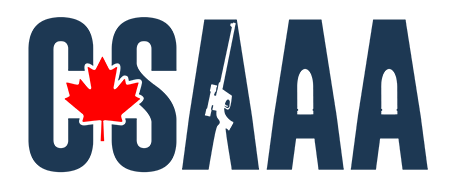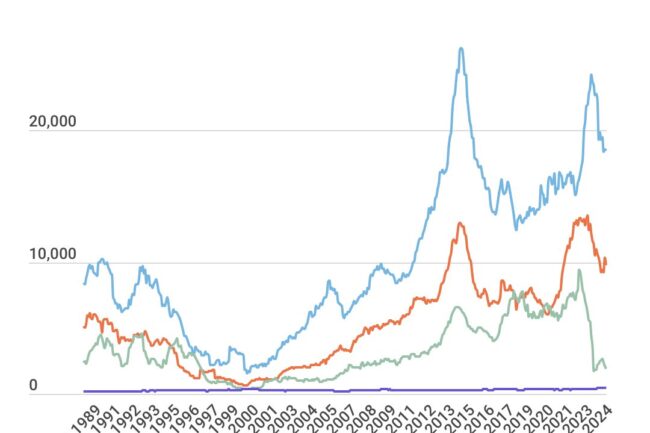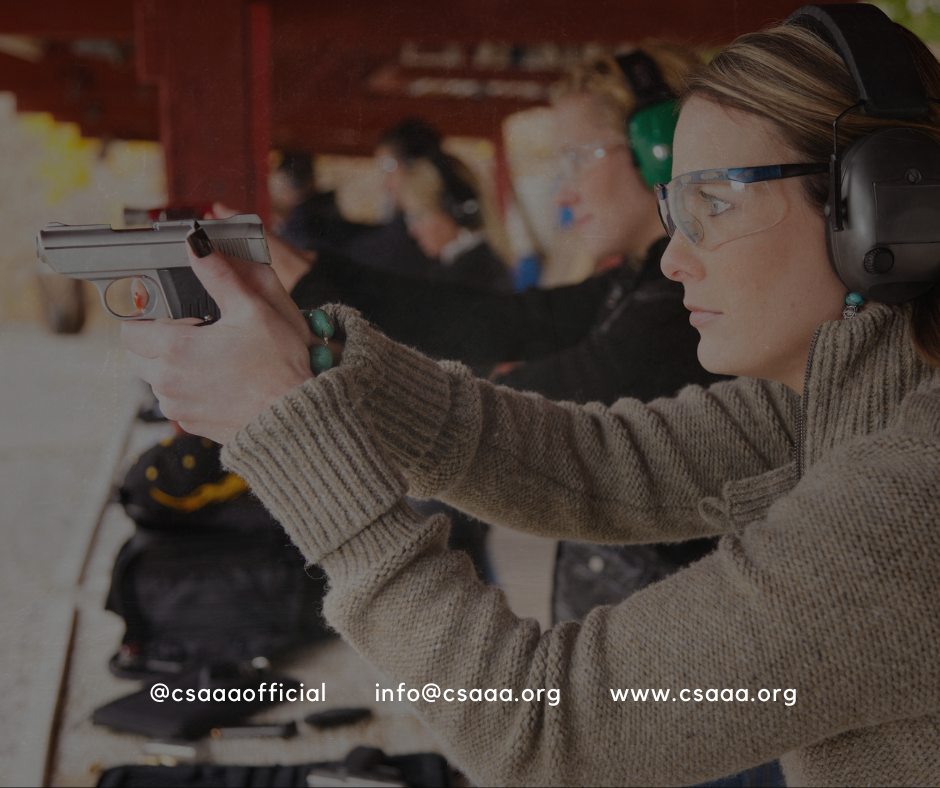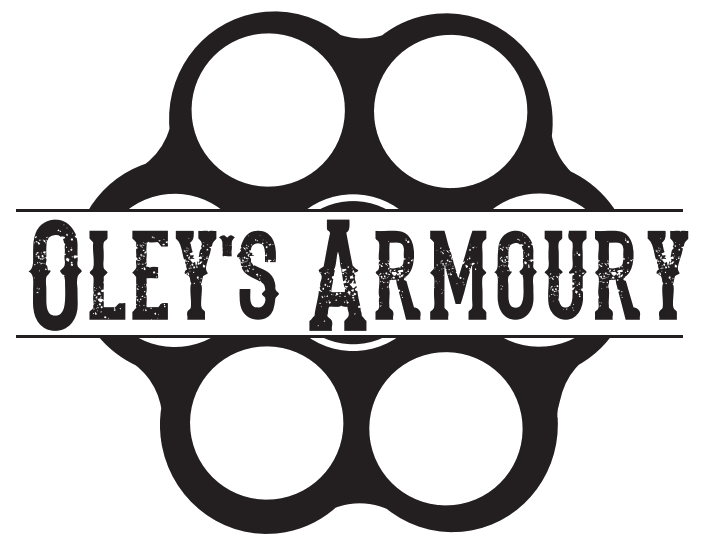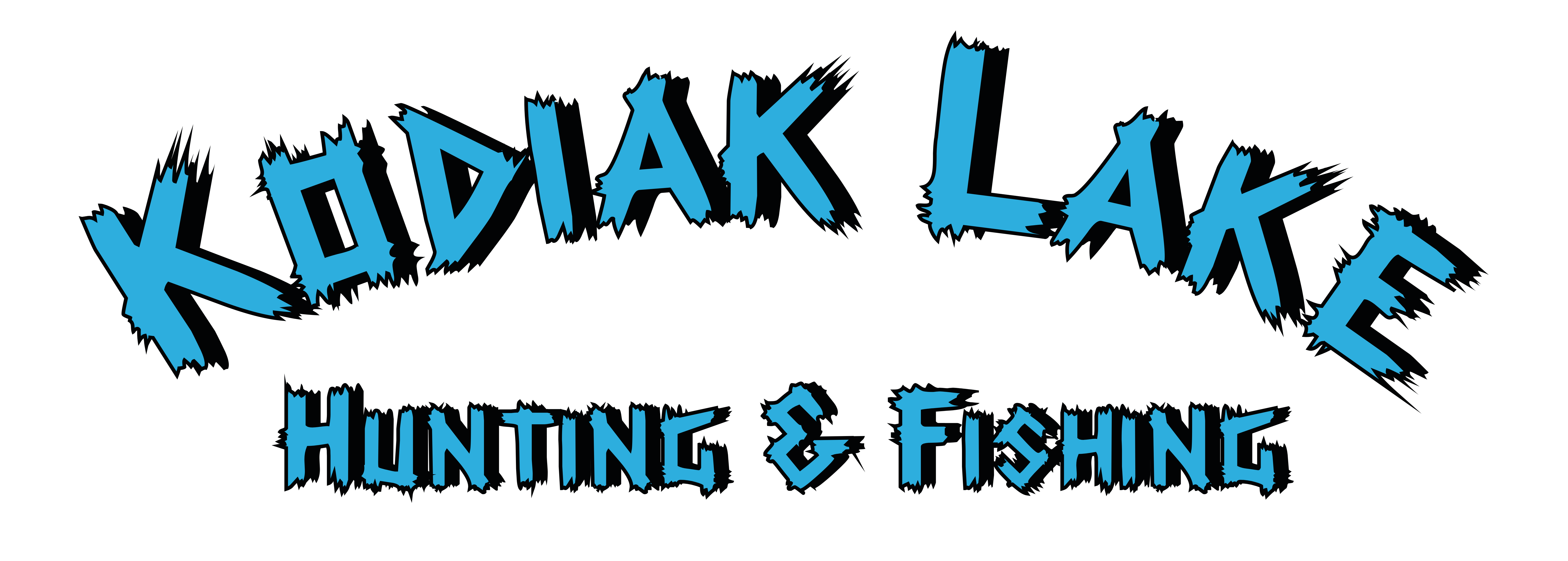The struggles faced by the Canadian firearm industry; a topic rarely covered in mainstream media.
The Canadian firearm and hunting industry is facing significant challenges, and the decline in firearm imports is another indicator of the industry’s struggles. Import data recently released from TheGunBlog.ca, sourced from Statistics Canada, shows a sharp decrease in imports of rifles, shotguns, and of course, handguns.
The downturn in retail sales has been the primary driver of this decline. A large number of firearms were imported at the end of last year and the beginning of 2024 to replenish stock, but as the market cooled this year, retailers find themselves with unsold inventory. As a result, they have reduced their orders, leading distributors to cut back on imports.
Inflation has also played a significant role in the industry’s challenges, inflation in Canada has been particularly harsh on the firearm industry. Canada’s firearm industry unfortunately, yet understandably has seen some “industry abandonment” by our primary source, the U.S. market. With the Canadian market becoming less attractive due to declining sales and extremely restrictive regulations, U.S. companies have scaled back their investment in Canada’s hunting and firearm market. This has led to closures of warehouses and distribution points, forcing Canadian retailers to import products directly, which increases costs and further exacerbates inflation.
The prohibition of legal handguns, or the “handgun transfer freeze” and subsequent ban on importing handguns have had a ripple effect on the industry. Handgun shooting, a popular activity, has seen a dramatic reduction in participation. New shooters cannot obtain handguns to try the sport for themselves, while seasoned shooters cannot replace or upgrade their handguns.
There is also a social aspect of handgun shooting, which often involved trying out different handguns and sharing them among friends, has been completely removed due to the freeze. This, in turn, has led to a sharp decline in sales of accessories and ammunition, further impacting the industry.
The combination of bad, politically driven policy, economic struggles, and the overall challenging environment has created a perfect storm for the industry.
Senseless prohibitions and the everchanging regulations that target lawful, legal firearm owners have led to a loss of consumer confidence. Many potential buyers are hesitant to invest in firearms that may be subject to future bans and/or confiscations.
Of course, the broader economic context, with rising costs of living and inflation, has left consumers with less disposable income for firearms and ammunition.
Certain firearm categories, such as lever-action rifles and rimfire firearms, remain relatively strong, possibly due to the feeling that lever action firearms may not be targeted by prohibitions, and the lower ammunition costs of rimfire ammunition. However, other categories, including bolt-action centerfire rifles and shotguns, have seen significant declines.
With such a decline, the industry has witnessed the closure and reduction of a large number of these businesses around Canada, mainly impacting the smaller “mom and pop” shops, as well as distributors and dealers that primarily focused on handguns and related sports.
With ongoing regulatory pressures, economic challenges, and declining consumer confidence, the industry is facing an uphill battle. The CSAAA will continue to help it’s members, and all firearm and hunting businesses across Canada navigate this complex landscape.

